Reissue CDs Weekly: The Beatles | reviews, news & interviews
Reissue CDs Weekly: The Beatles
Reissue CDs Weekly: The Beatles
Rewritten history and revelations rub shoulders on the newly reconfigured ‘White Album’
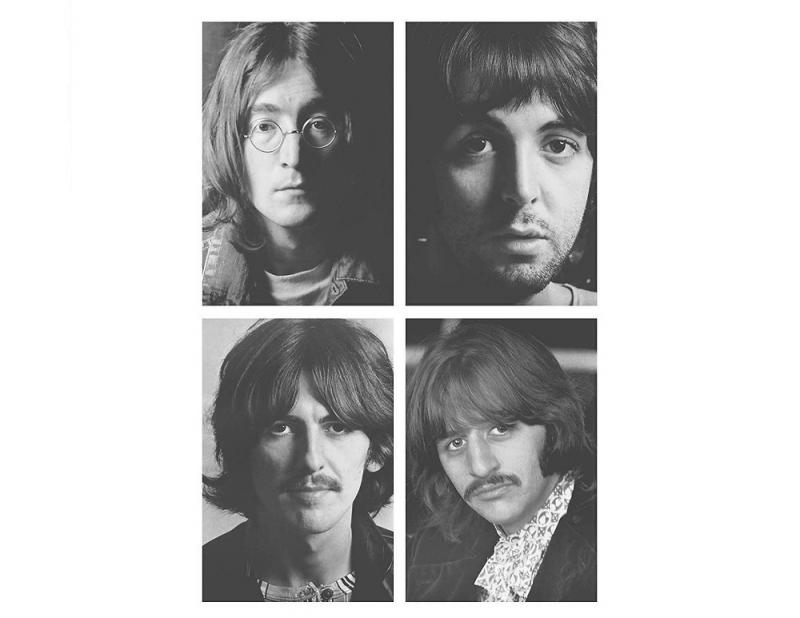
“…all four [Beatles] worked tirelessly together in the studio, they carved out a sound and a ‘feel’ for each song. On the many tapes that have been carefully preserved from the sessions there is extraordinary inspiration – mixed with plenty of love and laughter. Admittedly, The Beatles incessant work ethic wore down the studio staff.
Giles Martin’s introduction to the book included with the Super Deluxe Edition box set reissue of The Beatles Anniversary Edition – the untitled double album dubbed ‘The White Album’ – is written from his perspective as the producer of the set’s audio side: he has heard all the tapes, mixed or remixed them and chosen the tracks ending up on what’s on sale. However, what he says about Emerick – who had worked with The Beatles alongside Giles’ father George since the April 1964 recording of “A Hard Day’s Night” – must be set alongside the engineer’s actual reason for bailing out.
 Emerick, in the words of ultimate Beatle authority Mark Lewisohn, “quit working with The Beatles during this session [16 July 1968, when the band were working on “Cry Baby Cry”], no longer able to withstand the rapidly worsening atmosphere and tensions within the group. He was not to work with them again until 1969, when the Beatles coaxed him away from EMI to be the resident balance engineer at their new Apple studios.” Maybe “plenty of love and laughter” is an overstatement?
Emerick, in the words of ultimate Beatle authority Mark Lewisohn, “quit working with The Beatles during this session [16 July 1968, when the band were working on “Cry Baby Cry”], no longer able to withstand the rapidly worsening atmosphere and tensions within the group. He was not to work with them again until 1969, when the Beatles coaxed him away from EMI to be the resident balance engineer at their new Apple studios.” Maybe “plenty of love and laughter” is an overstatement?
That impression is reinforced by the knowledge that Ringo Starr also left The Beatles during the recording of The White Album. He departed from the studio on 22 August 1968 while “Back in the USSR” was being recorded. He was fed up with the combination of spending time waiting to be called on to play and being asked to repeatedly run through his contributions without, apparently, pleasing the others in the band. Paul McCartney had been regularly parking himself behind the drums. Ringo returned to Abbey Road on 5 September for a “While my Guitar Gently Weeps” session.
George Martin absented himself too. On 9 September Chris Thomas became The Beatles' producer when, on his return from a holiday, he was given a gnomic note written by George Martin saying “Chris: hope you had a nice holiday; I’m off on mine now. Make yourself available to The Beatles.” George returned on 1 October. If these three nonattendances were not enough evidence for instability and shortages of an “incessant work ethic”, from 31 May there was also a new person in the studio: Yoko Ono was henceforth, inseparably, at John Lennon’s side.
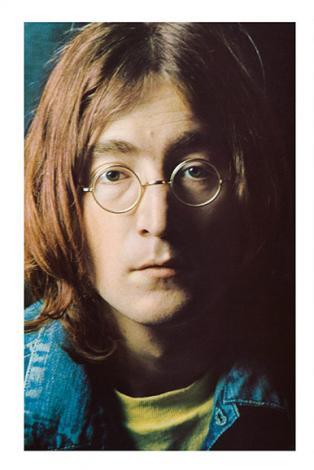 All this is well known, but the overriding impression given by the new White Album package is The Beatles were happily on an even keel, sailing towards a known destination on a course which had been accurately plotted beforehand. Manifestly, this was not the case.
All this is well known, but the overriding impression given by the new White Album package is The Beatles were happily on an even keel, sailing towards a known destination on a course which had been accurately plotted beforehand. Manifestly, this was not the case.
The unprecedentedly protracted and unsettled album sessions began on 30 May 1968 with “Revolution 1” and finished on 13 October with “Julia”. Considering they already had demos of 19 of the double album’s 30 tracks from which to spring off, this length of time is a testament to, at the least, a lack of discipline. Contrastingly, George Martin, McCartney and John Lennon sequenced what would be the double album in a concise single session running over 16 and 17 October. It was in the shops on 22 November.
Reactions to and understandings of The White Album as it was issued in 1968 are a matter of record, but the new version lacks the benefit of 50 years digestion as it was issued on 9 November this year. However, beyond its efforts to gild the wilting lily by painting a too-rosy picture of Beatle-world at the time, living with it for a little while raises some points to ponder – good and not-so good ones, and one which baffles.
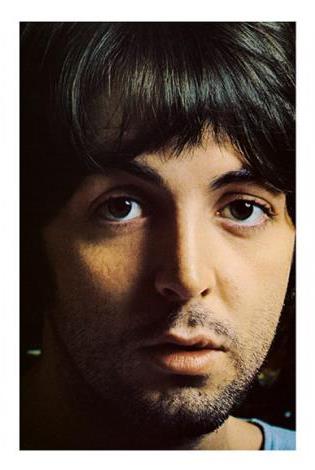 The most extensive of the four new versions is the Super Deluxe set which marries a handsome hardback book in a slipcase with seven discs: CDs One and Two collect a new stereo remix of the album by Giles Martin; CD Three collects the full set of pre-album demos recorded at George Harrison’s Esher home in May 1968 (six of the 27 tracks were heard on the 1996 Anthology 3 set: new remixing has taken place and they are now sequenced in the running order of the final album with the tracks not re-recorded for the album appearing as tracks 20 to 27); CDs four, five and six are (mostly) drawn from the album’s session tapes (again, some of these tracks were on Anthology 3). The seventh and final disc is a Blu-ray including three versions of the album (the new album remix in high-resolution stereo, a new 5.1 surround sound mix and a new “Dolby True HD 5.1” mix) plus a direct transfer of the original 1968 mono mix of the album (which perhaps should have been on standard CDs).
The most extensive of the four new versions is the Super Deluxe set which marries a handsome hardback book in a slipcase with seven discs: CDs One and Two collect a new stereo remix of the album by Giles Martin; CD Three collects the full set of pre-album demos recorded at George Harrison’s Esher home in May 1968 (six of the 27 tracks were heard on the 1996 Anthology 3 set: new remixing has taken place and they are now sequenced in the running order of the final album with the tracks not re-recorded for the album appearing as tracks 20 to 27); CDs four, five and six are (mostly) drawn from the album’s session tapes (again, some of these tracks were on Anthology 3). The seventh and final disc is a Blu-ray including three versions of the album (the new album remix in high-resolution stereo, a new 5.1 surround sound mix and a new “Dolby True HD 5.1” mix) plus a direct transfer of the original 1968 mono mix of the album (which perhaps should have been on standard CDs).
To address the baffling. Versions of “Across the Universe”, “The Inner Light” and “Lady Madonna” appear at the end of Disc Six. They were all taped in January and February 1968 along with “Hey Bulldog” (which is not included) before the band went to India, which is where The White Album story begins. The versions of all three tracks are fascinating, but do they have any place on a release devoted to The White Album?
To address the not-so-good. The book includes a section on the so-called “Mad Day Out”, a photo call undertaken in various spots around central London on 28 July 1968. A map indicates the locations with numbered dots. Some of these are in the wrong place. The one for Old Street (“4”) is around the area of Pancras Way, east of Camden Town and north of Old St. Pancras Church where pictures were taken. The one for St. Pancras (“5”) is around the area of the junction of Kingsland Road and Old Street, east of the Old Street roundabout, where pictures were taken. The one for Highgate (“3”) is south-west of Swains Lane, where pictures were taken. These errors are exceedingly sloppy.
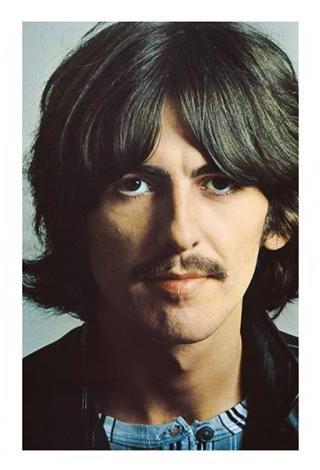 This apart, the hardback book is generally wonderful – great writing saying things from new perceptions (although knowing how John Harris first heard The White Album is superfluous – self-insertion into the narrative is gauche), great images, great design and the use of textured rather than standard paper for pages reproducing hand-written lyrics is a very nice touch.
This apart, the hardback book is generally wonderful – great writing saying things from new perceptions (although knowing how John Harris first heard The White Album is superfluous – self-insertion into the narrative is gauche), great images, great design and the use of textured rather than standard paper for pages reproducing hand-written lyrics is a very nice touch.
Personal perceptions will determine reactions to Giles Martin’s remix. After-the-fact remixes immediately invite comparison with what is deep in the psyche: the authentic thing, the real thing. The original was fine. Wasn’t it? Of course it was and is. This is The Beatles – do they really demand such mucking about? As Noel Gallagher has noted, the new remix foregrounds the drums and vocals. It also opens out the sound to bring space – ironic, as this was an album defined by claustrophobia. Ears will probably get used to the disarming precision. This fresh sonic meticulousness throws up connections not previously or immediately apparent. The descending bass line of “Dear Prudence” echoes the structure of “I am the Walrus”. The White Album track following “Dear Prudence” is the “Walrus”-referencing “Glass Onion”. The original album sequencing is seen in a new way. But this realisation is small beer to take from such needless rewriting of history.
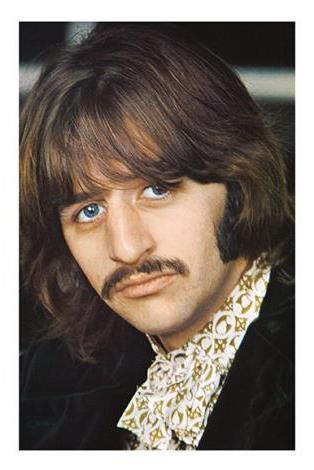 The Esher demos have never before been heard in this fidelity and it is incredible that at this early stage the songs were largely fully worked out – not that it had an impact on how long the album took to complete. When the fragmented “What’s the New Mary Jane” first emerged on bootleg, it felt like a free-form, off-the-cuff ramble. But the Esher demo has the structure of when it was subsequently tackled in the studio. Frustratingly, the book has no information on exactly how these tracks were recorded (Lewisohn has said Harrison had an Ampex four-track tape recorder at his home). Were the band helped by someone while making the demos? How were the band members set up? Was there bouncing and overdubbing? How was mixing undertaken? At the end of “Blackbird” the voice of child or woman is briefly heard. Who is this? On “Happiness is a Warm Gun” Lennon makes lyrical puns on the words “Yoko Ono”, so it is obvious where his head was at and would be at. He also has some diverting “Dear Prudence” lyrics which could not have been reprised for release. The most striking Esher tracks are Harrison’s mesmerising, “Blue Jay Way”-esque “Circles” and “Everybody’s Got Something to Hide Except Me and My Monkey”. In this formative state, it sounds uncannily like The Velvet Underground.
The Esher demos have never before been heard in this fidelity and it is incredible that at this early stage the songs were largely fully worked out – not that it had an impact on how long the album took to complete. When the fragmented “What’s the New Mary Jane” first emerged on bootleg, it felt like a free-form, off-the-cuff ramble. But the Esher demo has the structure of when it was subsequently tackled in the studio. Frustratingly, the book has no information on exactly how these tracks were recorded (Lewisohn has said Harrison had an Ampex four-track tape recorder at his home). Were the band helped by someone while making the demos? How were the band members set up? Was there bouncing and overdubbing? How was mixing undertaken? At the end of “Blackbird” the voice of child or woman is briefly heard. Who is this? On “Happiness is a Warm Gun” Lennon makes lyrical puns on the words “Yoko Ono”, so it is obvious where his head was at and would be at. He also has some diverting “Dear Prudence” lyrics which could not have been reprised for release. The most striking Esher tracks are Harrison’s mesmerising, “Blue Jay Way”-esque “Circles” and “Everybody’s Got Something to Hide Except Me and My Monkey”. In this formative state, it sounds uncannily like The Velvet Underground.
Then, there are the three discs of studio sessions. Notwithstanding the sore-thumb trio of pre-White Album songs, there are revelations aplenty. The non-appearance of the full, 27-minute “Helter Skelter” is no problem as this was of the first version: a blues chugger which in any form is hard to get through. The 12.49 take heard here will do. Amongst the grand surprises are early and suitably skeletal versions of “Hey Jude” and “Let It Be” found lurking on the album session’s tapes. Then, there is a nutty version of “Revolution 1” incorporating the Avant Garde-isms of “Revolution 9”. Hearing the evolution of the ever-creepy “Good Night” is mind-blowing. Discs Three, Four, Five and Six are the meat of the new White Album. Of the audio side, no more needs saying so as not to spoil any further surprises.
The self-evidently gratuitous Super Deluxe White Album costs around £125 and may find its way into Xmas stockings, as the original album had in 1968. Buying it is a major financial commitment and it demands a suitable level of attention and time. Whatever any reservations about the remix and the eyebrows raised above, it is a glorious celebration of pop music’s most important group. Even so, there are shortcomings where there should be none.
- Next Week: The Reissue of the Year
- Read more reissue reviews on theartsdesk
Share this article
The future of Arts Journalism
You can stop theartsdesk.com closing!
We urgently need financing to survive. Our fundraising drive has thus far raised £49,000 but we need to reach £100,000 or we will be forced to close. Please contribute here: https://gofund.me/c3f6033d
And if you can forward this information to anyone who might assist, we’d be grateful.

Subscribe to theartsdesk.com
Thank you for continuing to read our work on theartsdesk.com. For unlimited access to every article in its entirety, including our archive of more than 15,000 pieces, we're asking for £5 per month or £40 per year. We feel it's a very good deal, and hope you do too.
To take a subscription now simply click here.
And if you're looking for that extra gift for a friend or family member, why not treat them to a theartsdesk.com gift subscription?
more New music
 Moroccan Gnawa comes to Manhattan with 'Saha Gnawa'
Trance and tradition meet Afrofuturism in Manhattan
Moroccan Gnawa comes to Manhattan with 'Saha Gnawa'
Trance and tradition meet Afrofuturism in Manhattan
 Soulwax’s 'All Systems Are Lying' lays down some tasty yet gritty electro-pop
Belgian dancefloor veterans return to the fray with a dark, pop-orientated sound
Soulwax’s 'All Systems Are Lying' lays down some tasty yet gritty electro-pop
Belgian dancefloor veterans return to the fray with a dark, pop-orientated sound
 Music Reissues Weekly: Marc and the Mambas - Three Black Nights Of Little Black Bites
When Marc Almond took time out from Soft Cell
Music Reissues Weekly: Marc and the Mambas - Three Black Nights Of Little Black Bites
When Marc Almond took time out from Soft Cell
 Album: Mobb Deep - Infinite
A solid tribute to a legendary history
Album: Mobb Deep - Infinite
A solid tribute to a legendary history
 Album: Boz Scaggs - Detour
Smooth and soulful standards from an old pro
Album: Boz Scaggs - Detour
Smooth and soulful standards from an old pro
 Emily A. Sprague realises a Japanese dream on 'Cloud Time'
A set of live improvisations that drift in and out of real beauty
Emily A. Sprague realises a Japanese dream on 'Cloud Time'
A set of live improvisations that drift in and out of real beauty
 Trio Da Kali, Milton Court review - Mali masters make the ancient new
Three supreme musicians from Bamako in transcendent mood
Trio Da Kali, Milton Court review - Mali masters make the ancient new
Three supreme musicians from Bamako in transcendent mood
 Hollie Cook's 'Shy Girl' isn't heavyweight but has a summery reggae lilt
Tropical-tinted downtempo pop that's likeable if uneventful
Hollie Cook's 'Shy Girl' isn't heavyweight but has a summery reggae lilt
Tropical-tinted downtempo pop that's likeable if uneventful
 Pop Will Eat Itself's 'Delete Everything' is noisy but patchy
Despite unlovely production, the Eighties/Nineties unit retain rowdy ebullience
Pop Will Eat Itself's 'Delete Everything' is noisy but patchy
Despite unlovely production, the Eighties/Nineties unit retain rowdy ebullience
 Music Reissues Weekly: The Earlies - These Were The Earlies
Lancashire and Texas unite to fashion a 2004 landmark of modern psychedelia
Music Reissues Weekly: The Earlies - These Were The Earlies
Lancashire and Texas unite to fashion a 2004 landmark of modern psychedelia
 Odd times and clunking lines in 'The Life of a Showgirl' for Taylor Swift
A record this weird should be more interesting, surely
Odd times and clunking lines in 'The Life of a Showgirl' for Taylor Swift
A record this weird should be more interesting, surely

Add comment